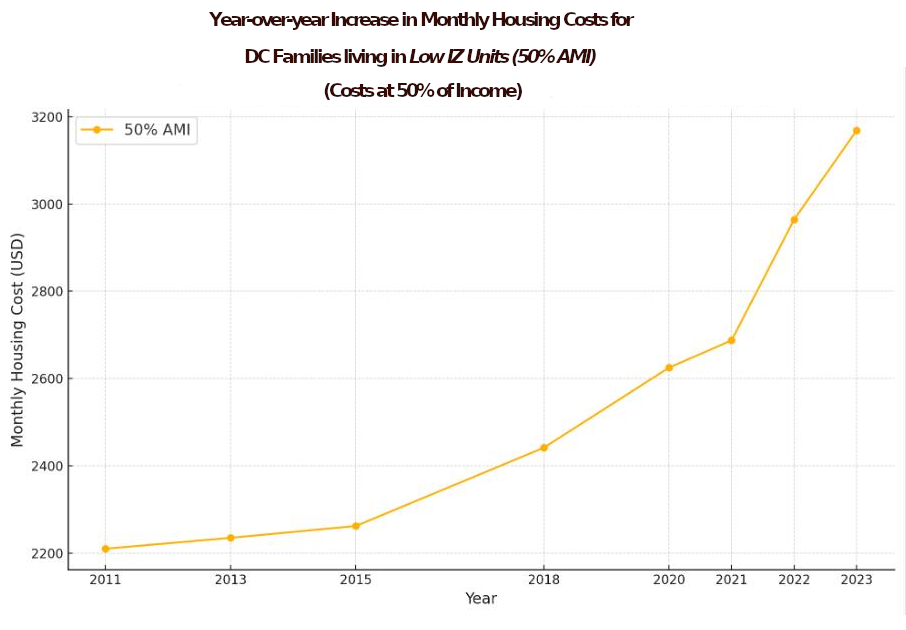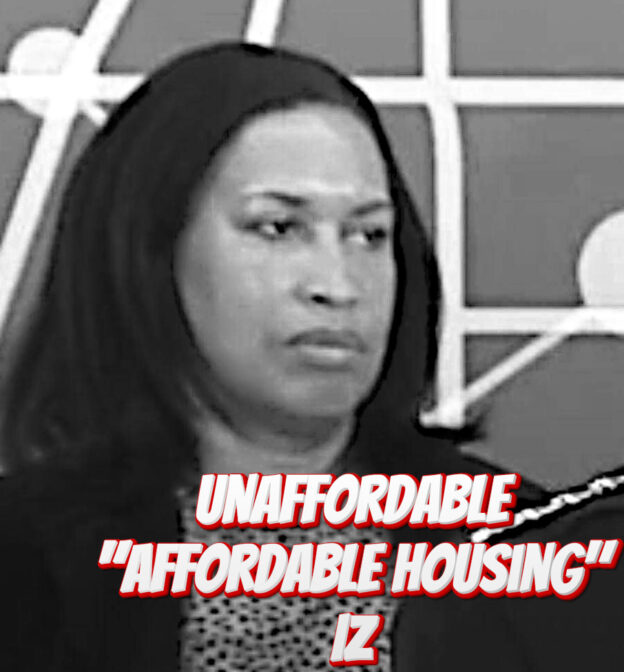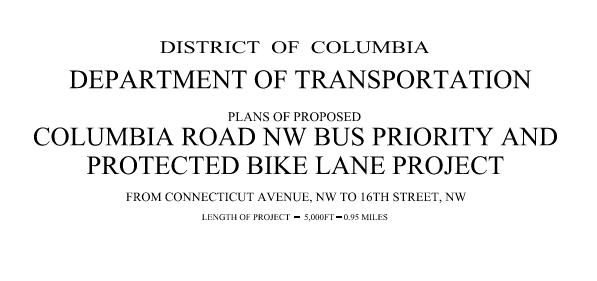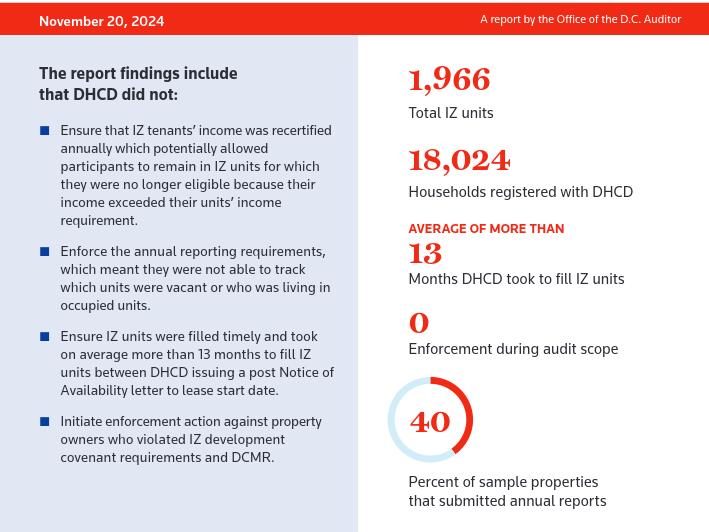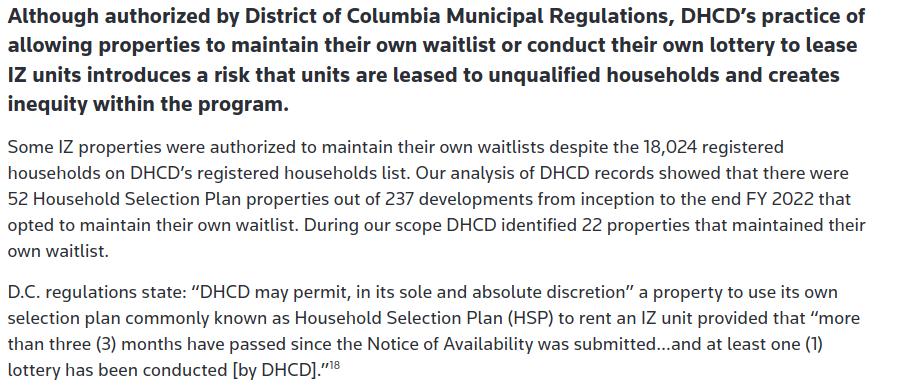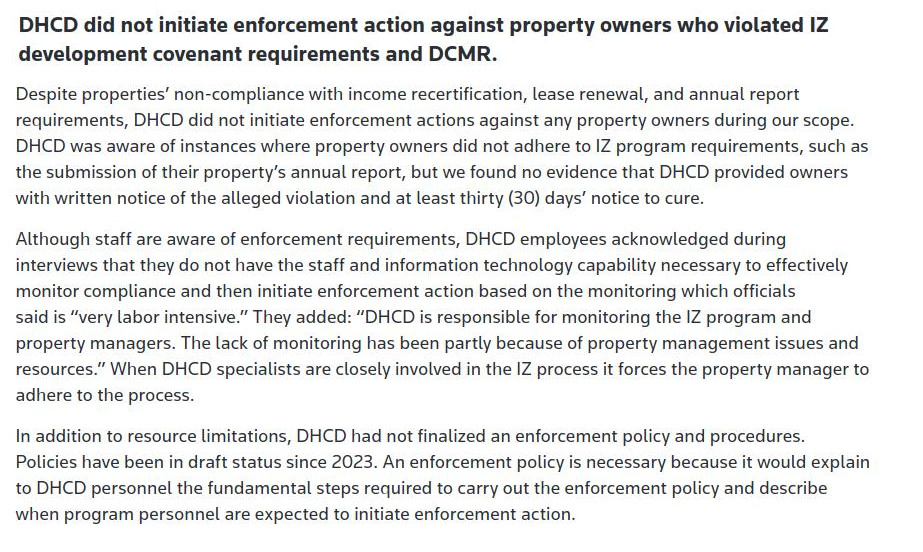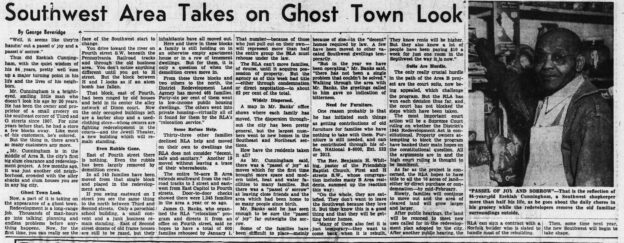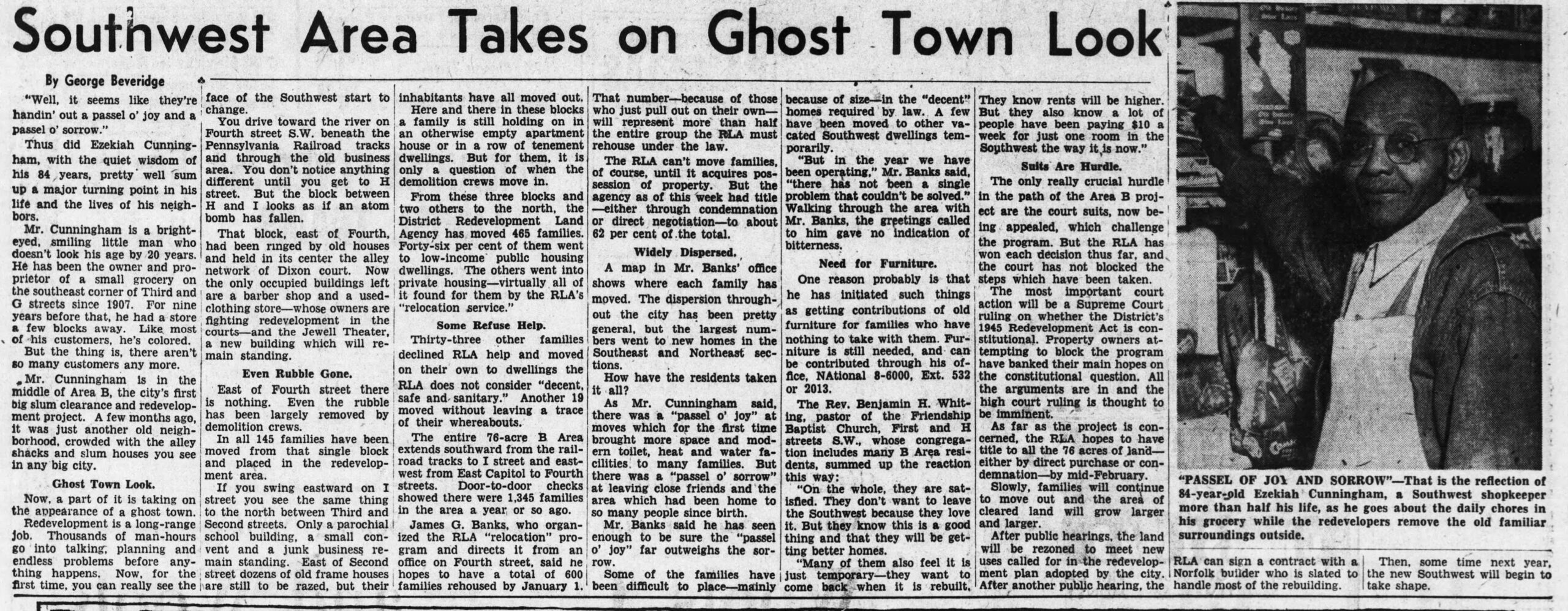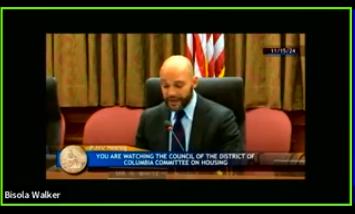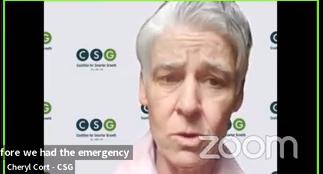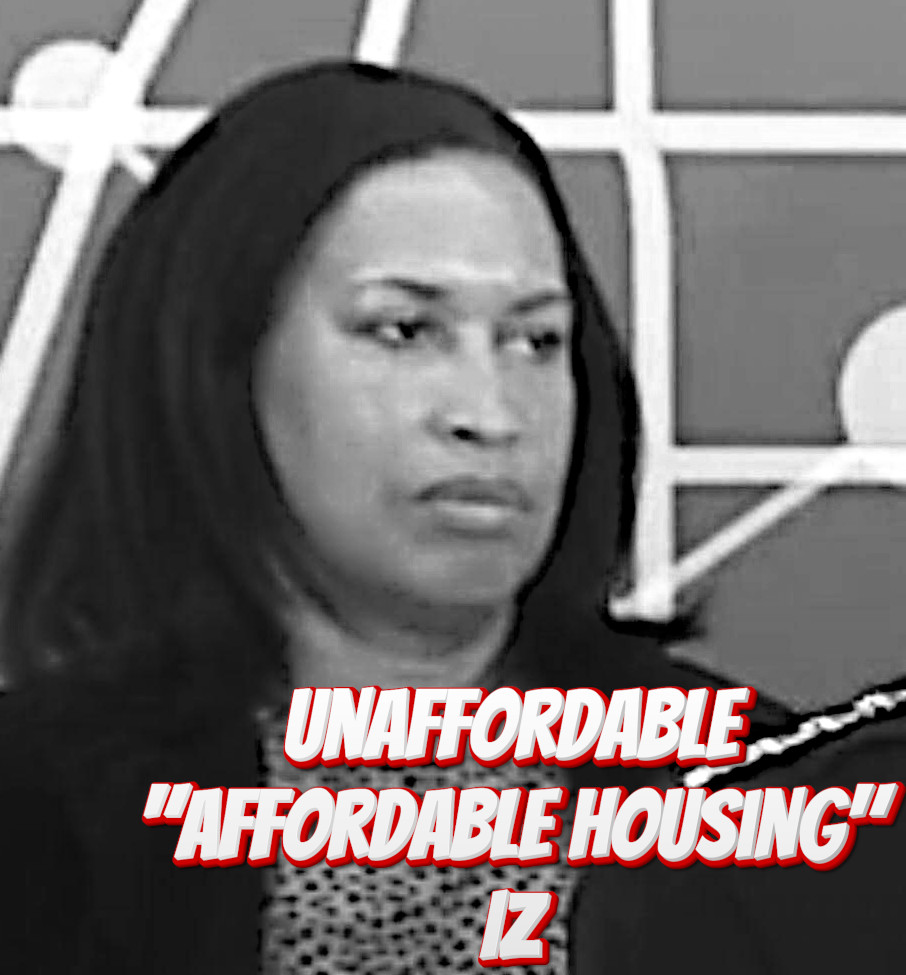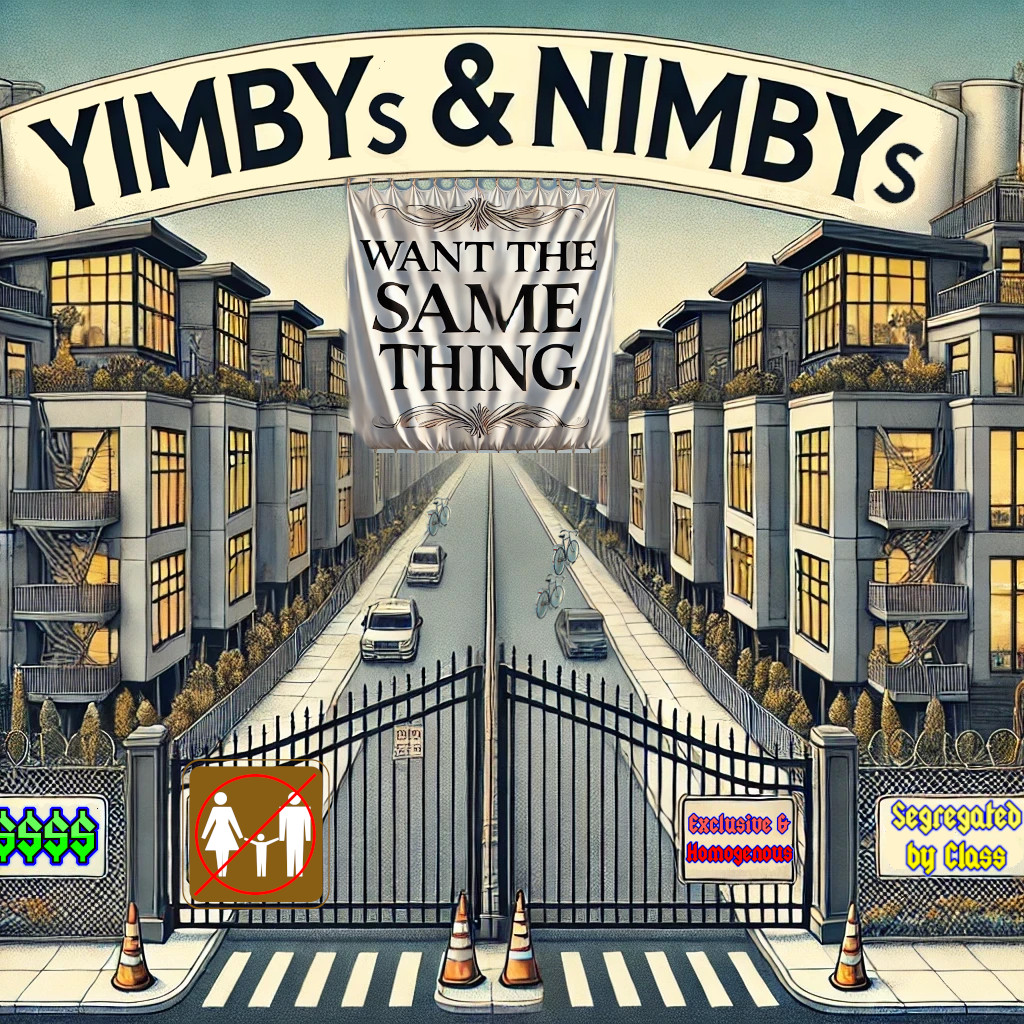The data and facts shared by the recent DC Auditor report on the failed 15-year Inclusionary Zoning program reveal the critical mismatch between the supply and demand for Inclusionary Zoning (IZ) units and systemic flaws in the program’s implementation, flaws that demonstrate that IZ should be replaced with Social Housing.
Here are the key points distilled from the the Auditor’s report and some broader implications:
Key Issues:
- Waitlist Disparity:
- 18,000 households are on the IZ waitlist for only 2,000 units. This immense gap underscores the severe shortage of affordable housing options within the program.
- Most waitlisted families require 3+ bedroom units, yet 65% of available IZ units are designed for single individuals, illustrating a misalignment between what’s being built and actual housing needs.
- Affordability Concerns:
- Households participating in IZ are spending up to 50% of their income on housing, which is well above the affordability threshold and violates the program’s intent, showing the IZ program is not delivering truly affordable options for the targeted population.
- Households participating in IZ are spending up to 50% of their income on housing, which is well above the affordability threshold and violates the program’s intent, showing the IZ program is not delivering truly affordable options for the targeted population.
- Vacancy Loopholes:
- Developers gain the benefit of increased luxury density but are reportedly leaving IZ units vacant. This loophole undermines the purpose of the program and enables profit-driven motives to overshadow public interest.
- Developers gain the benefit of increased luxury density but are reportedly leaving IZ units vacant. This loophole undermines the purpose of the program and enables profit-driven motives to overshadow public interest.
- Lengthy Move-In Times:
- The average 13-month waiting period to move into an IZ unit adds further strain on families and individuals already struggling to find stable housing.
Implications:
- The Auditor’s Report demonstrates that the IZ program’s design and enforcement mechanisms are failing to address the actual housing crisis, favoring developer interests (providing lots more luxury density) over community needs (far too little “affordable” housing that isn’t truly affordable or targeted for families).
SO WHAT TO DO?!?
Focusing on social housing as the alternative to Inclusionary Zoning (IZ) will help address the structural issues highlighted by the Auditor’s startling IZ report. Social Housing, unlike IZ, prioritizes truly affordable, community-driven housing units that serves DC in the most efficient and reliable way.
Why Social Housing is the Solution
- Meeting Actual Demand:
- Unlike IZ units, which are misaligned with household needs (e.g., 65% for singles while most families require 3+ bedrooms), social housing can be designed to cater directly to the demographics of the community, particularly families.
- Unlike IZ units, which are misaligned with household needs (e.g., 65% for singles while most families require 3+ bedrooms), social housing can be designed to cater directly to the demographics of the community, particularly families.
- Affordability Without Profit Motives:
- Social housing operates outside the speculative market. Rents or costs are capped based on household income, ensuring no family pays more than 30% of their income on housing.
- Social housing operates outside the speculative market. Rents or costs are capped based on household income, ensuring no family pays more than 30% of their income on housing.
- No Vacant Units:
- Social housing prioritizes occupancy. Units are not held vacant for profit-driven reasons but are allocated to households in need, ensuring that public resources are fully utilized.
- Social housing prioritizes occupancy. Units are not held vacant for profit-driven reasons but are allocated to households in need, ensuring that public resources are fully utilized.
- Community Stability:
- Social housing fosters long-term stability by providing permanent, affordable housing rather than temporary or precarious arrangements like IZ units.
- Social housing fosters long-term stability by providing permanent, affordable housing rather than temporary or precarious arrangements like IZ units.
- Faster Access:
- A well-managed social housing program avoids the excessive bureaucracy and delays of IZ, offering faster solutions to families on waitlists.
- A well-managed social housing program avoids the excessive bureaucracy and delays of IZ, offering faster solutions to families on waitlists.
- Public Accountability:
- Social housing is owned and managed by public entities or non-profits accountable to the community, rather than private developers prioritizing luxury profits.
- Social housing is owned and managed by public entities or non-profits accountable to the community, rather than private developers prioritizing luxury profits.
Proposed Actions
- Advocate for Social Housing Pilot Projects:
- Identify underutilized public land or existing properties that can be converted into social housing. Use these pilot projects (such as at 1617 U Street) to demonstrate the feasibility and effectiveness of social housing.
- Reallocate IZ Resources:
- Redirect funds and incentives currently given to developers under IZ toward building and maintaining social housing units.
- Ensure Funding:
- Leverage public financing (bonds, taxes on luxury developments, or inclusion of social housing in federal and state housing grants) to sustainably fund social housing projects.
- Prioritize Community Input:
- Establish community boards to oversee social housing initiatives, ensuring developments meet local needs and maintain public trust.
Message for Advocacy
“Our current housing policies, like Inclusionary Zoning, are failing our communities. With 18,000 families on the waitlist for only 2,000 units—most of which are not even family-sized—it’s clear that the IZ program is not a solution. Social housing offers an alternative: truly affordable, stable, and community-oriented homes.
By moving away from developer-driven models and embracing public, accountable housing solutions, we can address the housing crisis and create a future where everyone has a place to call home. Let’s stop prioritizing luxury density and start prioritizing people. It’s time to invest in social housing.”
A PILOT AT 1617U STREET — See the latest filing here: https://app.dcoz.dc.gov/CaseReport/ViewExhibit.aspx?exhibitId=360852
HOW BAD IS IZ?!?
See the charts below to see IZ housing costs based on the DMV’s Area Median Income using the Auditor’s discovery that some IZ participants are paying 50% of their income to real estate developers for their “affordable” IZ unit.
